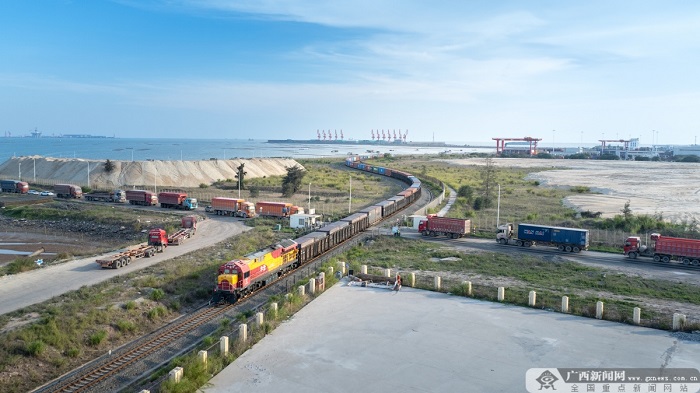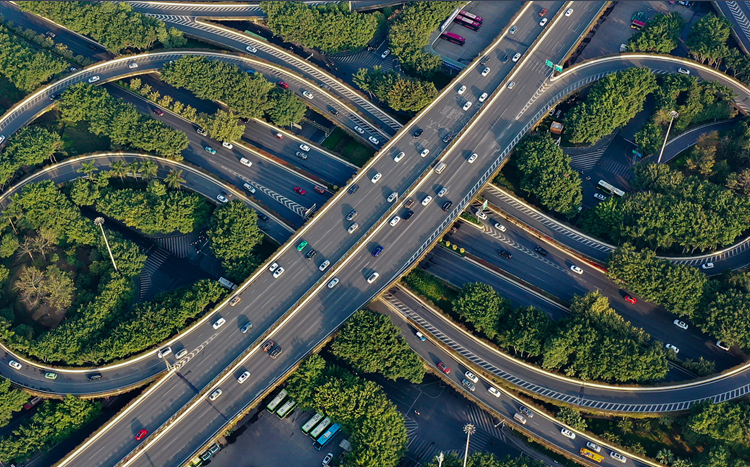Guangxi powers global trade through Western Land-Sea Corridor
At the gateway of the Beibu Gulf, the New Western Land-Sea Corridor is transforming Guangxi into a dynamic logistics and trade hub. Since China launched the corridor's master plan in 2019, it has rapidly grown into an international logistics artery connecting inland western regions to global markets via the Beibu Gulf.
Guangxi is spearheading this transformation, integrating rail, road, air, and sea networks into a seamless logistics system. The sea-rail intermodal trains have surged from just 178 in 2017 to 10,000 in 2024, reaching over 540 ports in 125 countries. Goods once taking a month to reach Southeast Asia from Chongqing now arrive in Vietnam in just four days.
This thriving logistics channel fuels industrial expansion. In Liuzhou, automotive companies like SAIC-GM-Wuling are leveraging the corridor to export vehicles and components, forming a "Liuzhou R&D – ASEAN manufacturing" global supply chain.
Efficient customs clearance, one-stop multimodal transport services, and cost-saving policies—like "one document" shipping and export tax rebates—have slashed logistics costs and boosted trade. As more industries cluster along the corridor, Guangxi is shifting from a transit zone to a strategic base for cross-border cooperation, ushering in a new era of high-level openness and integrated growth.

A rail-sea intermodal train loaded with cargo departs from the Qinzhou Railway Container Center Station along the New International Land-Sea Trade Corridor. [Photo by He Jiahai/Guangxi Daily]














